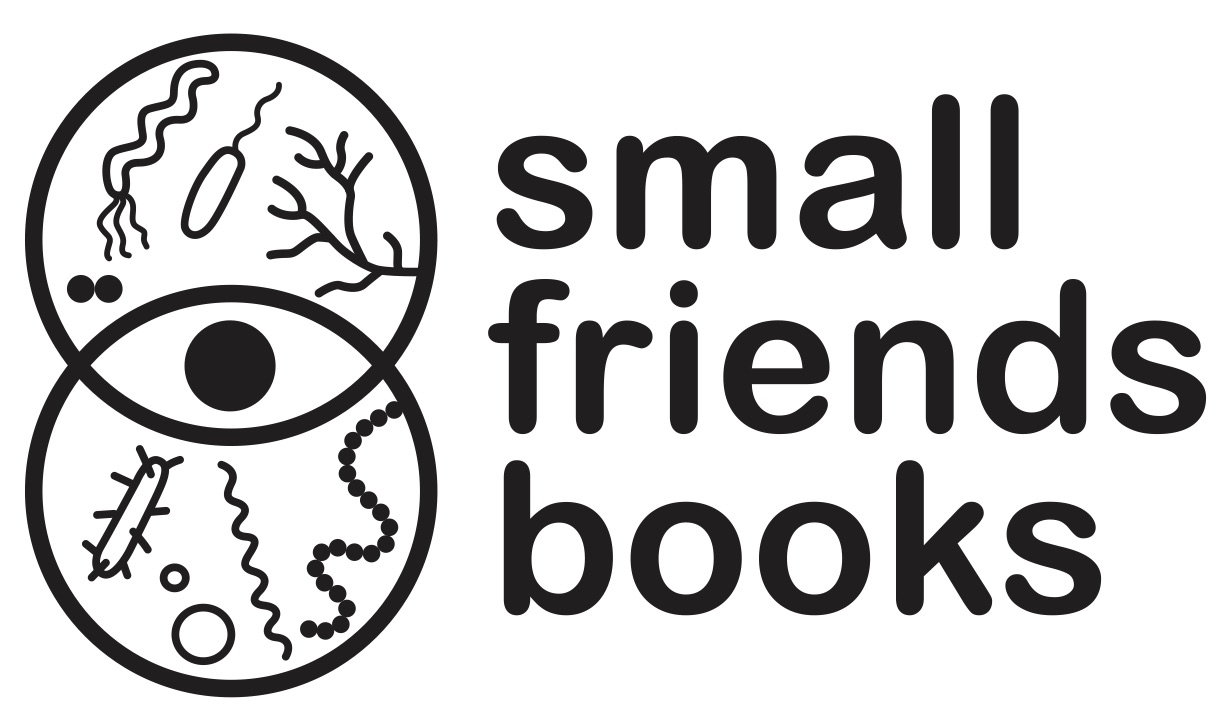Since I found the reference to Sister F E Williams in the Official History of the Australian Medical Services, I’ve been looking for traces of her, wondering if she could be the hero of the story, if she can have ever met D’Herelle, how a woman came to be a bacteriologist at that time anyway.
The folks at the State Library of Victoria sent me this article by Dr Kirsty Harris, University of Melbourne.
It turns out Fannie Eleanor Williams was a noted bacteriologist who specialised in dysentery – starting as a technician working under a bacteriologist in Gallipoli, moving on to Cairo and then the Western Front. Here she is, in the laboratory on Lemos(Australian War Memorial Collection item ID H13944)
After the war Fannie Williams was one of the first three staff members of the Walter and Eliza Hall Institute, Australia’s oldest research institute - the first female scientist employed there. She worked there until she retired, and ran her own lab. They have their own little bio for her - where I found this picture.
http://www.wehi.edu.au/about-history/notable-scientists/miss-fannie-williams
Her early published articles were co-authored with Charles Martin, from Army hospitals during the war. I looked them up in the British Journal of Medicine and they look a bit like this:
She says great things like:
Attempts to isolate dysentery bacilli from 217 cases in which the stools contained muco-pus with or without blood were made. In many cases the amount of mucus in the stool was very small…The method employed was to wash the mucus, break it up in sterile broth and plate out some drops on the surface of a MaConkey plate.
Her dates don’t line up for Pozieres, and I think we want our main character to actually suffer dysentery, So it looks like she can’t be the hero of our story. But I’m enjoying seeking the aesthetic of the laboratory between the science-paper lines. I’m wondering what her relationship would have been like with the normal nursing staff, how she obtained her samples (!) (me - not getting over the whole thing about poo samples). There's something about having the specificity of what scientists knew about dysentery at the very moment our story is set. And there's something important for me about connecting this understanding to an Australian woman. Someone who lived in the same city as me.





